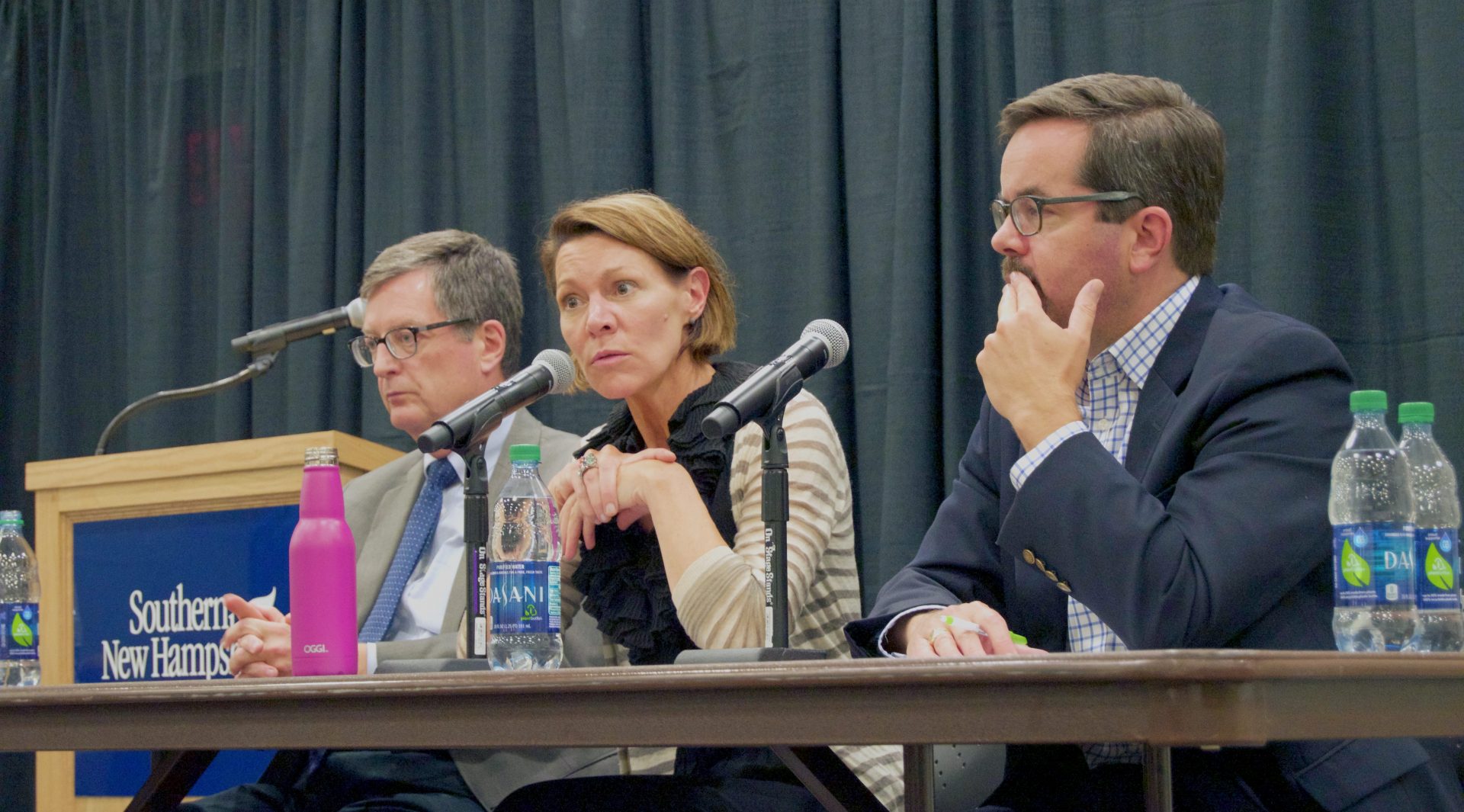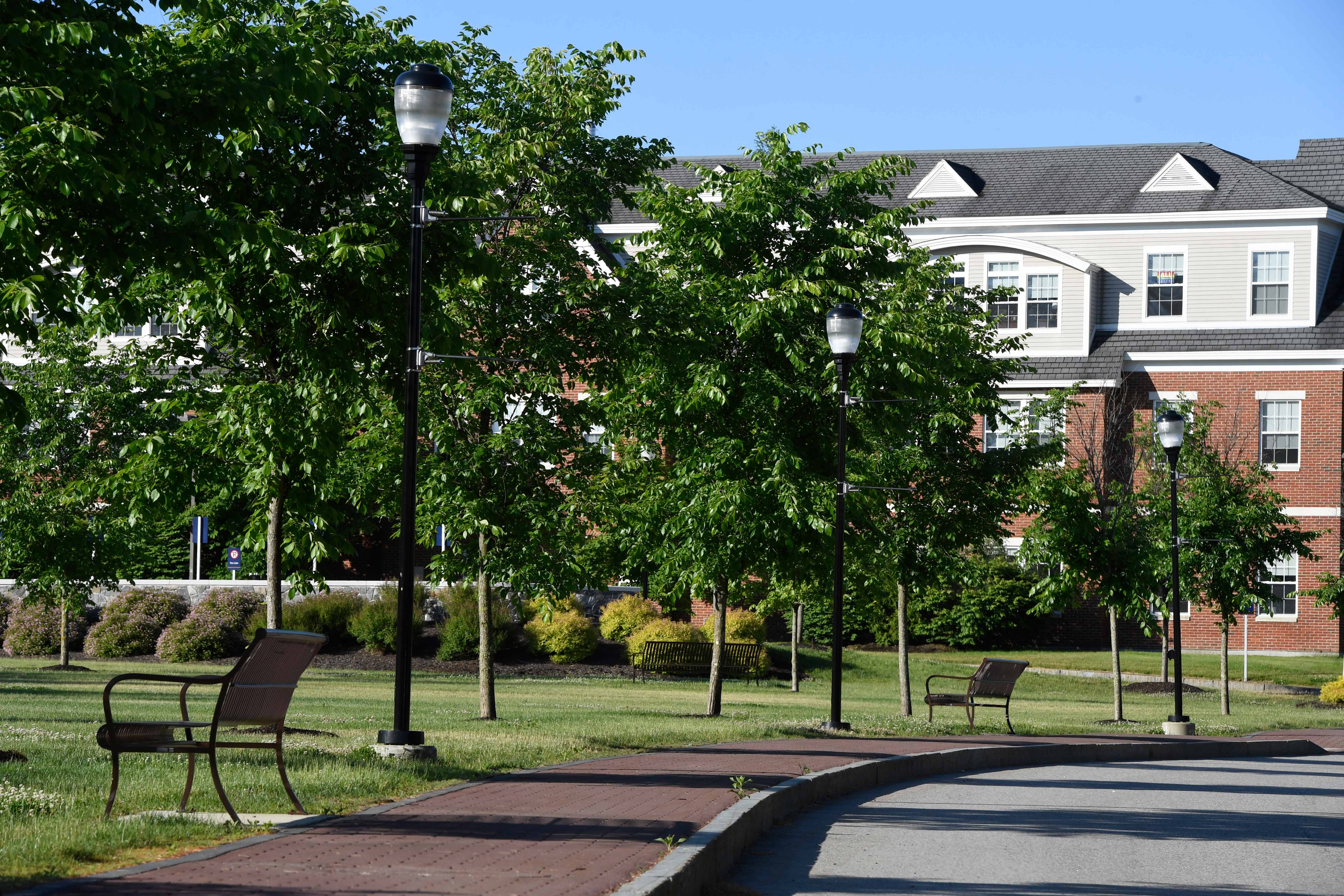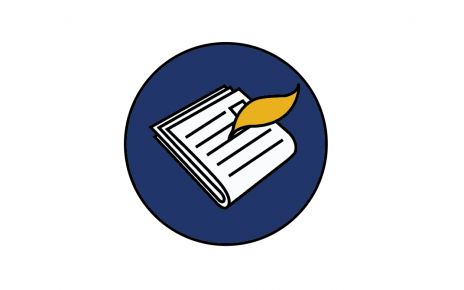SNHU celebrated Constitution Day on September 18. In 2005, the federal government passed a bill requiring any universities receiving federal funds to commemorate this day with educational programming. Sponsored by the late Senator Robert Byrd (D-WV), the bill reads: “Each educational institution that receives Federal funds for a fiscal year shall hold an educational program on the United States Constitution” (Pub. L. 108-447, div. J, title I, Sec. 111, Dec. 8, 2004)
This year, SNHU chose to focus on the freedom of the press under the First Amendment and invited an array of media and journalism professionals to speak about their experiences. Like SNHU, The Nackey S. Loeb School of Communications celebrated its annual First Amendment Celebrations and awards Ceremony at the Palace Theater. Also focusing predominantly on freedom of the press, Washington Post columnist and A Prairie Home Companion host Garrison Keiller spoke on his history with the First Amendment in regards to his time in media. Additionally, 2017 Nackey S. Loeb First Amendment Award recipient Right to Know NH shared their history working with and in protection of the First Amendment.
While this topic presents great implications for the responsibility of The Penmen Press, SNHU and the future career paths of many students, freedom of speech has become a buzzword in national, and university, politics.
As students delve into the meaning of active citizenship in their classes and their country, it becomes critical to have a working understanding of what “free speech” does and does not entail. According to USCourts.gov, free speech includes the right:
“Not to speak (specifically, the right not to salute the flag)” West Virginia Board of Education v. Barnette, 319 U.S. 624 (1943).
“Of students to wear black armbands to school to protest a war (“Students do not shed their constitutional rights at the schoolhouse gate.”) Tinker v. Des Moines, 393 U.S. 503 (1969).
“To use certain offensive words and phrases to convey political messages.” Cohen v. California, 403 U.S. 15 (1971).
“To engage in symbolic speech, (e.g., burning the flag in protest).” Texas v. Johnson, 491 U.S. 397 (1989); United States v. Eichman, 496 U.S. 310 (1990).
However, freedom of speech does not include the right:
“To incite actions that would harm others (e.g., “[S]hout[ing] ‘fire’ in a crowded theater.”).” Schenck v. United States, 249 U.S. 47 (1919).
“To make or distribute obscene materials.” Roth v. United States, 354 U.S. 476 (1957)
“Of students to make an obscene speech at a school-sponsored event. Bethel School District #43 v. Fraser, 478 U.S. 675 (1986).
The role of universities is to provide students and faculty with a place they are comfortable speaking freely, regardless of the issue at hand. In a politically tumultuous era where everyone is learning and exercising their rights to free speech under the First Amendment, it is the role of students, faculty members and the university at large to cultivate an environment that empowers students while also respecting their identities and experiences.
This seems to be where the disconnect occurs, however. The belief at large is that universities are a place to grow into these rights and this active citizenship, but it does not seem that measures are consistently taken in and out of the classroom to ensure that students have the capabilities and educational support to do so.
Too often, universities are challenged for being too “soft,” too homogenous in shared beliefs that the rhetoric surrounding the “safe space” has been misconstrued to mean that discussion cannot happen at all. Researchers Brian Arao and Kristi Clemens discuss this in their piece “From Safe Spaces to Brave Spaces” in which the term “brave space” replaces the well-known “safe” one to accommodate and adapt to a more active citizenship.
The primary ground rule shifts occur in replacing “Agree to Disagree” with “Controversy with Civility,” and “Don’t Take Things Personally” with “Owning Your Intentions and Impact.” This framework is built around awareness, privilege and power dynamics that we do not often address when speaking about freedom of speech. And this is where universities, classrooms and the discussion of free speech across the board fail. In discussing freedom of speech, it is a necessity that we recognize that with it comes 1) an individual understanding that problematic and harmful ideologies deserve to be challenged and 2) an individual awareness that one has the power – and the place – to challenge those same ideologies in their peers.
Ultimately, it is imperative that we recognize the differences in challenging free speech: between attacking individuals and their experiences and attacking the, sometimes harmful, ideologies which stem from them. Though we all come with our own social, cultural and economic backgrounds which influence our belief systems, it is necessary to recognize their shortcomings, their biases and the places of privilege from which they may rise.




